Margins are tight across many sectors at present, including in milk production, where a combination of factors has left cashflow under pressure over the summer months.
“Our breakeven milk price of 28.3p/l is the highest I have ever seen,” confirmed local dairy consultant Jason McMinn.
With the prices paid for April milk around the 26p-27p/l mark, it means dairy farms are not currently covering costs.
Factored into McMinn’s analysis are this year’s tax bills, which in some cases are significant on the back of a good year in 2017/2018. He also points to higher concentrate prices this past winter and feed costs incurred as a result of the wet spring in 2018, which was followed by a summer drought.
With contractor and fertiliser bills to pay now, there isn’t much of a
buffer left for anything else.
“I would expect our breakeven cost to move towards 26p/l at the end of the year. So it isn’t that things are terrible on farms at present – it’s just that things are tighter than most people appreciate, and that situation is likely to last until direct payments are made in October,” said McMinn.
Probably in the most difficult cash position are autumn-calving herds, as the volume of milk isn’t there to help pay the bills.
Milk prices
With most NI dairy co-ops and processors expected to set their price for May supplies by the end of this week, the chair of the Ulster Farmers’ Union (UFU) dairy committee, Mervyn Gordon has repeated his call for co-ops to pay more for milk.
He believes the fall in base prices in recent months has been unjustified, pointing to 12 successive increases in the New Zealand GDT index to May 2019, and also improved returns in local markets, with the Irish Purchase Price Index (PPI) at 107.3 for May. It is the highest May PPI figure for five years.
“Local dairy processors must consider market trends closer to home and share returns with primary producers,” said Gordon.
Read more
Listen: suckler farmers oppose beef supply reduction plans
Dairy management: splitting pits and cows down
Margins are tight across many sectors at present, including in milk production, where a combination of factors has left cashflow under pressure over the summer months.
“Our breakeven milk price of 28.3p/l is the highest I have ever seen,” confirmed local dairy consultant Jason McMinn.
With the prices paid for April milk around the 26p-27p/l mark, it means dairy farms are not currently covering costs.
Factored into McMinn’s analysis are this year’s tax bills, which in some cases are significant on the back of a good year in 2017/2018. He also points to higher concentrate prices this past winter and feed costs incurred as a result of the wet spring in 2018, which was followed by a summer drought.
With contractor and fertiliser bills to pay now, there isn’t much of a
buffer left for anything else.
“I would expect our breakeven cost to move towards 26p/l at the end of the year. So it isn’t that things are terrible on farms at present – it’s just that things are tighter than most people appreciate, and that situation is likely to last until direct payments are made in October,” said McMinn.
Probably in the most difficult cash position are autumn-calving herds, as the volume of milk isn’t there to help pay the bills.
Milk prices
With most NI dairy co-ops and processors expected to set their price for May supplies by the end of this week, the chair of the Ulster Farmers’ Union (UFU) dairy committee, Mervyn Gordon has repeated his call for co-ops to pay more for milk.
He believes the fall in base prices in recent months has been unjustified, pointing to 12 successive increases in the New Zealand GDT index to May 2019, and also improved returns in local markets, with the Irish Purchase Price Index (PPI) at 107.3 for May. It is the highest May PPI figure for five years.
“Local dairy processors must consider market trends closer to home and share returns with primary producers,” said Gordon.
Read more
Listen: suckler farmers oppose beef supply reduction plans
Dairy management: splitting pits and cows down




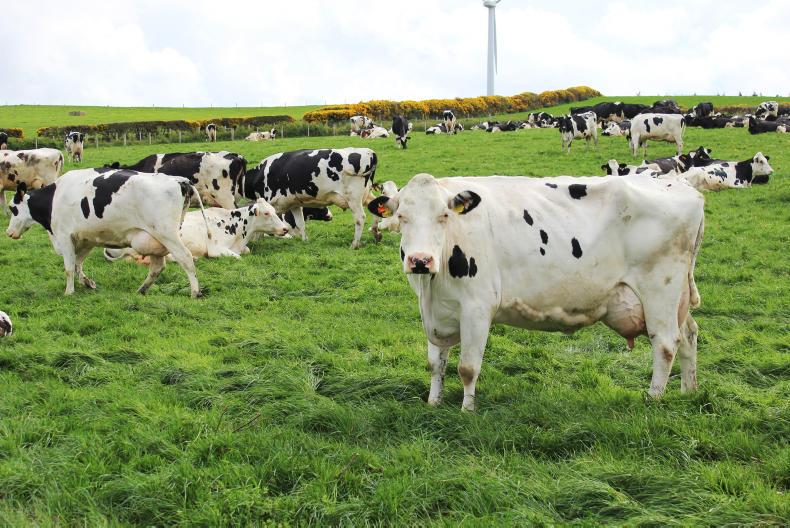
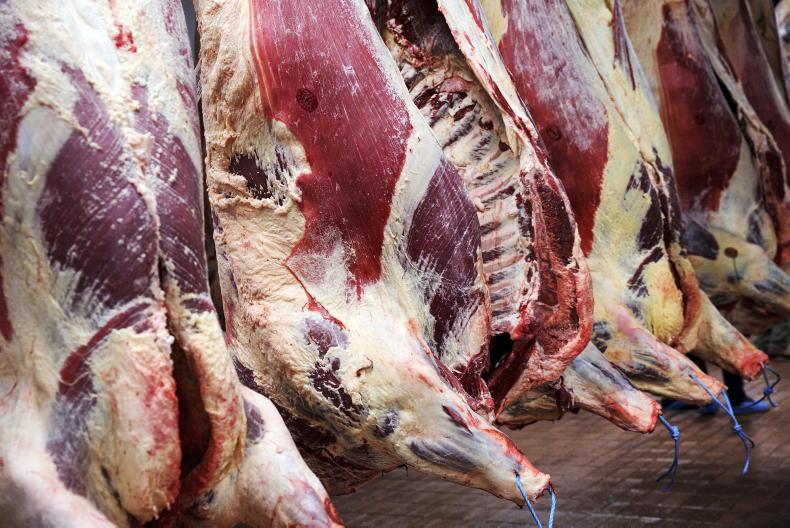

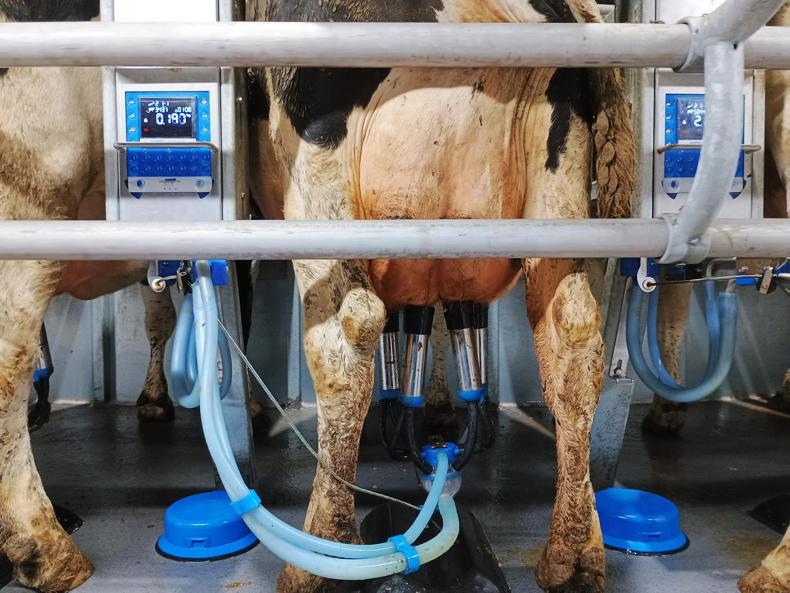
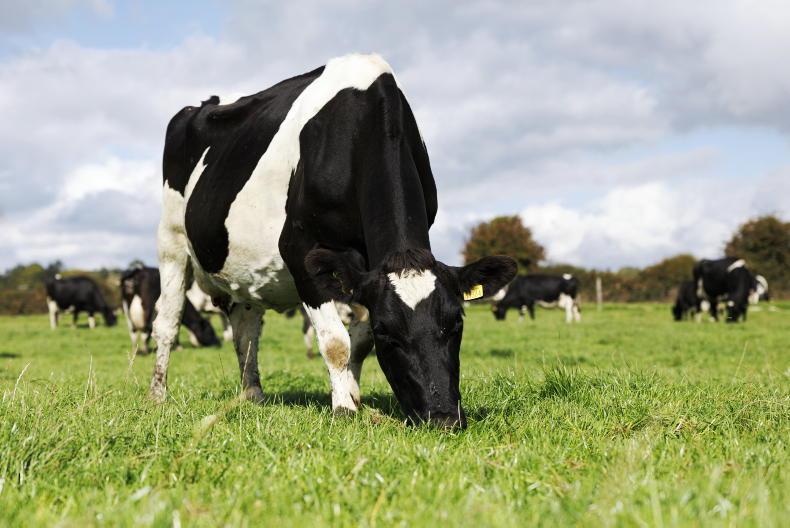
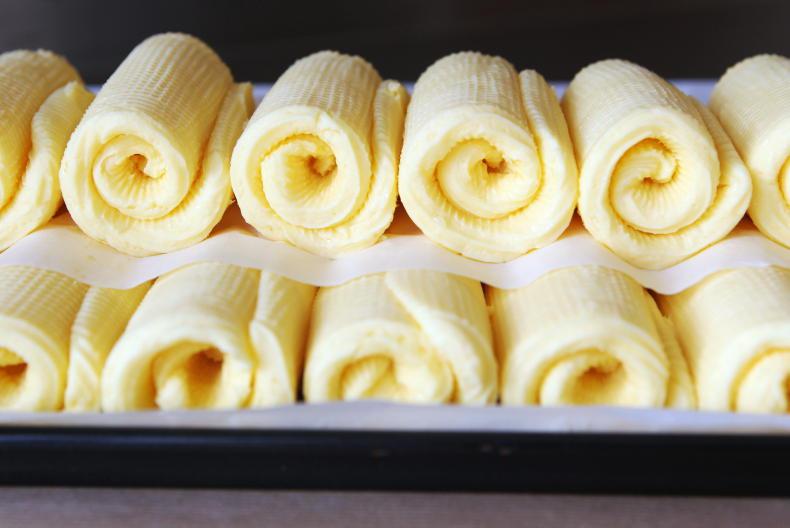
SHARING OPTIONS